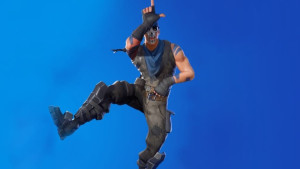Please support Game Informer. Print magazine subscriptions are less than $2 per issue
Previously On E3: What Happened (And Didn’t) At Last Year’s Show
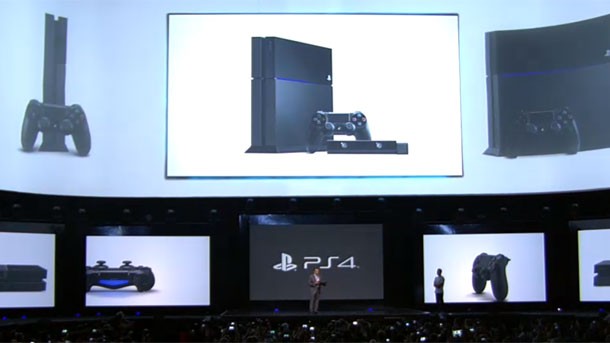
Just like an episode of Game of Thrones, E3 is packed with drama. From shocking revelations to high-stakes blunders, the convention can make or break games, systems, and companies. What happened last year? Read on for a brief refresher.
Sony
In case you forgot, Sony had a pretty good press conference last year. In fact, it was as dominant a performance as I’ve seen in my 15 years of attending E3. The reception of Sony’s press conference had as much to do with the bad feeling surrounding Microsoft at the time as it did with the substance of what Sony showed. Simply put, it saw a PR opportunity and capitalized on it. That’s what you’re supposed to do. Microsoft had painted itself in a corner by the confusion around whether or not the Xbox One would require an “always on” connection and restrict the sale of used games. Sony came out and, in plain language (and a little swagger on the part of now-exited SCEA CEO Jack Tretton) told the crowd what it wanted to hear: The PlayStation 4 would not require an Internet connection to function, and there would be no restrictions on selling or sharing used games. The thunderous applause and chants of “Sony! Sony!” that sprang up in the crowd were proof it was the right strategy.
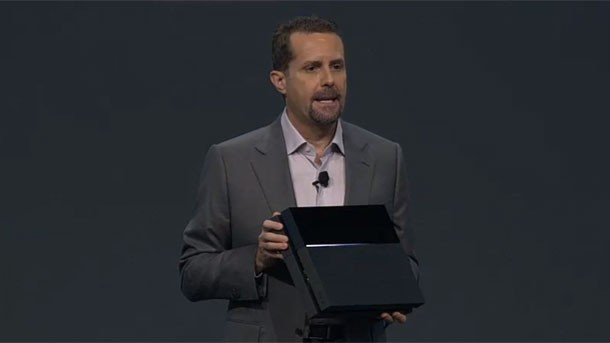
The Big Reveal: Though it had held a PlayStation 4 announcement event months earlier in New York City, Sony hadn’t actually shown the public the console itself. Thus, the PlayStation 4 and its controller had their public coming out onstage with Sony president Andrew House. To no one’s surprise, it was a black box – a parallelogram this time! While it wasn’t the most daring design, it was generally well received. The new DualShock controller created a bigger stir during the show, when people could finally get their hands on the best controller Sony has ever created.
Sony also won major points with the unit’s price. At $399 it did not include a camera peripheral like the Xbox One, but was $100 cheaper, something that proved to be a huge advantage in the year to come. This eventually forced Microsoft to drop the Kinect and repackage a lower-priced version of the Xbox One.
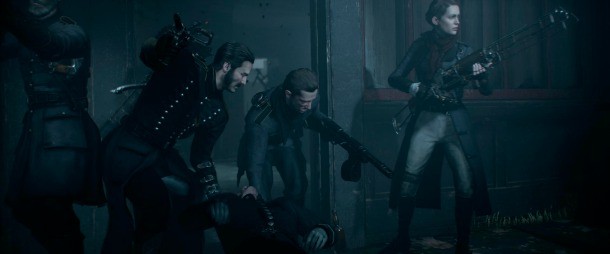
Major Games Shown:
Assassin’s Creed IV: Black Flag*
Beyond: Two Souls (PS3)*
Destiny
DriveClub
The Elder Scrolls Online (PS4)
Final Fantasy XV (retitled Final Fantasy Versus XIII)
Infamous: Second Son*
Killzone: Shadow Fall*
Kingdom Hearts III (announced)
Knack*
Mad Max
The Last of Us (PS3)*
The Order: 1886
Transistor*
Watch Dogs (mobile app shown)*
*released since E3
Services: While Sony made the biggest news with its open used-game policy, it actually did sneak in an extra cost to consumers without taking a major PR hit for it. During the conference, it was revealed that multiplayer gaming would require a PlayStation Plus subscription on PS4. Services like Netflix would still remain open to all, and PlayStation Plus would continue to supply subscribers with free games each month.
Sony didn’t talk a lot about its back catalog games on demand program, but it did hint at the fact that its entertainment division would be producing original television-style content for PlayStation 4 and PlayStation Network – something we still haven’t seen.
Miscellaneous: Sony also spent some time talking about the Vita, showing off a number of titles that were upcoming, including Media Molecule’s excellent Tearaway and confirming that The Walking Dead: 400 Days was coming to Vita. It also showed off a number of promising indie games, and an odd concept trailer entitled “The Dark Sorcerer” by Quantic Dream that started as a dark fantasy cutscene and ended up breaking the fourth wall in a comedic way. It’s still not clear whether this was a concept or a teaser for a new game.
Missing in Action: Any serious talk about the PlayStation On Demand program (which didn’t receive an official name until early 2014), Team ICO’s long-awaited The Last Guardian, the next Uncharted game, any talk about a God of War game for PlayStation 4.
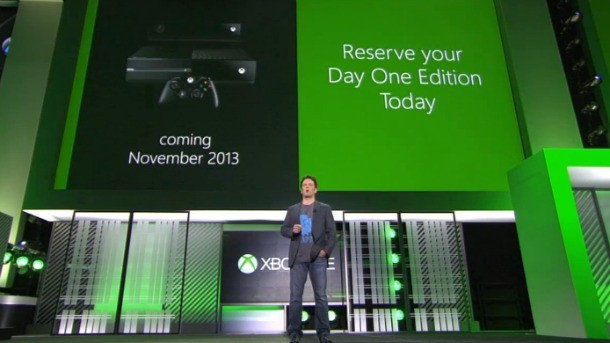
Microsoft
Microsoft had troubles even before E3. Its Xbox One reveal event received a chilly reception from gamers, due to the overwhelming focus on the system’s cable television and app functionality and Microsoft’s intention to have it serve as an all-in-one entertainment hub. It also failed address concerns about the company’s restrictive used game policies and “always on” Internet requirements that had sprung up Microsoft creative director Adam Orth’s now infamous “Deal with it” Twitter tirade and turned those concerns into a firestorm of controversy. As a result, the company was forced to clarify and re-clarify its positions on both “always on” and used games prior to the show – sometimes appearing as if the its own executives didn’t know what was going on. Right before E3, Microsoft made a statement to the press, confirming that games would come with a license that would or would not be transferable depending on the publisher’s policies, and would require a once-a-day check-in to Xbox Live.
After revealing a $499 price point for the Xbox One bundled with Kinect (a move that would come back to haunt the company) at the show, Microsoft largely avoided these issues, and stuck to games aside from talking about some changes to Xbox Live like increased friend limits and the use of real money instead of Microsoft points. Even in this, the responses from gamers were mixed. On the plus side was a trailer for a new Halo for Xbox One, the announcement Capcom’s Dead Rising 3 would be an Xbox One exclusive. However, demos for Battlefield 4 and Crimson Dragon were marred by technical difficulties, resulting in some soundless and awkward moments onstage.
Consumers were already angry about the Xbox One’s always-on policies, and this situation was made much worse by a disastrous post-press conference interview by Xbox president Don Mattrick where he suggested to Gametrailers TV’s Geoff Keighley that gamers without an Internet connection should buy an Xbox 360 – effectively doubling down on a bad position. Mattrick would leave Microsoft for Zynga within in a month of E3. After much outcry from fans, both positions would be reversed just days after E3. But, in some ways, the PR damage had been done. Sony used both wedge issues to take an easy victory at E3 2013.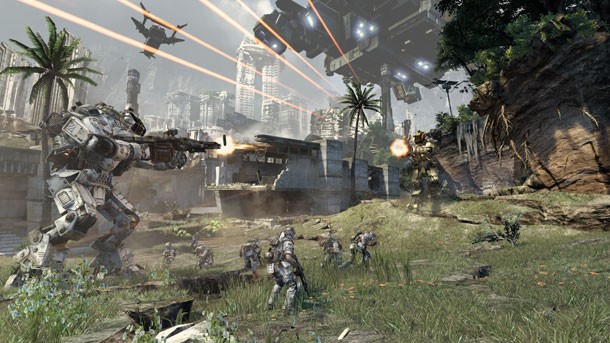
The Big Gun: For all its PR worries, Microsoft did have one ace up its sleeve – the public unveiling of Respawn Entertainment’s Titanfall. Ever since Infinity Ward founder Vince Zampella split from Activision and formed a new company, gamers had been wondering what was next. The answer was Titanfall, a mech-suited third-person shooter that electrified showgoers at E3. Its polished action won it many “best of show” awards, and – of all the next-gen games on display for both Xbox One and PS4 – felt like the premier system-seller. If Microsoft took a beating on used games, it also came out of the show with the upcoming game that had the most buzz of any at the show by far – and it wasn’t going to be on a Sony platform. Some other strong exclusives were shown as well, including Capcom’s Dead Rising 3 and a surprise remake of Killer Instinct.
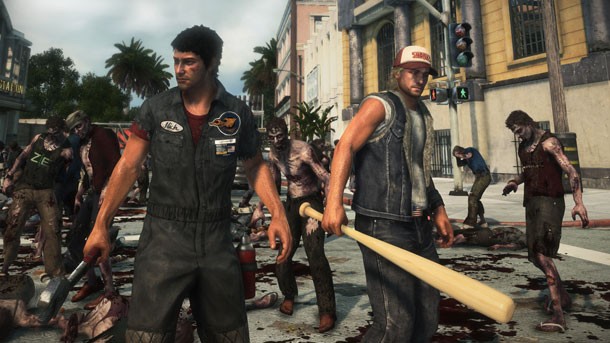
Major Games Shown:
Battlefield 4*
Crimson Dragon
D4
Dead Rising 3
Halo 5
Killer Instinct*
Minecraft (Xbox One)
Metal Gear Solid V
Project Spark
Quantum Break
Ryse: Son of Rome*
Titanfall*
The Witcher 3: Wild Hunt
World of Tanks (Xbox 360)*
*released since E3
Services: Microsoft spent the bulk of the Xbox One reveal event talking about the system’s multi-app functionality and cable television compatibility, so it was understandable that it decided to focus mainly on games at E3. However, there were a few quality announcements made in regards to Xbox Live during the show.
The most welcome was that the company intended to phase out Microsoft points on Xbox Live and make the transition to real-money sales – something I’d been hoping they’d do for years. It also announced that, following Sony’s lead with PlayStation Plus – it would begin to give away two free games per month for Xbox Live Gold subscribers on Xbox 360, starting with Assassin’s Creed II and Halo 3. The company also announced a new partnership with the popular game video streaming service Twitch.
The Price: Microsoft had already revealed what the Xbox One looked like, but we didn’t know how much it would cost. During E3, the company told consumers that the Xbox One would launch in November with a single model that retailed for $499. This unit would come standard with the Kinect 2.0 camera array. This priced the unit at $100 more than the PlayStation 4, another fact that gave Sony some good momentum coming out of the show. As we know, this proved to be a mistake, as Microsoft has recently dumped the Kinect and released a new Xbox One at $399.
Missing in Action: Although there was a tease for a new Halo game, little of substance was shown. There was also little said about the Gears of War franchise, which we now know is still continuing under the watchful eye of Rod Fergusson. Fable, another staple Xbox brand, was also absent.
In the big picture, there was also a lack of really compelling games or in-game uses for the Kinect, which Microsoft was including in every Xbox One. Ryse never amounted to much, and few third-party developers embraced it. Perhaps this was a sign of things to come.
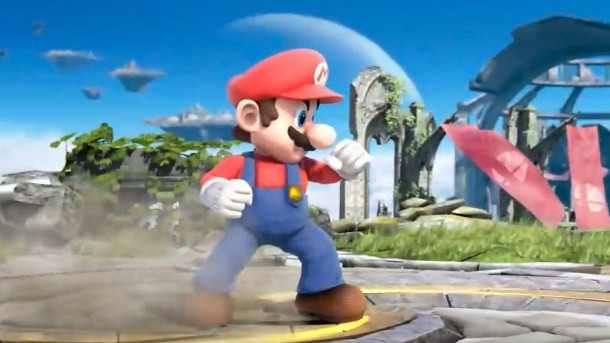
Nintendo
Nintendo has generally created some of the most memorable, amazing, and sometimes ridiculous E3 press conference moments. For that reason, many of us were sad that the company eschewed its usual presentation for Nintendo Direct web presentation and a behind-closed-doors preview press event that took place at its booth before the show opened.
As it played out, it was a bit of a mess. I was one of the members of the press who went to the pre-E3 event, which Nintendo of America president Reggie Fils-Aime assured us was intended to allow the company to let the games speak for themselves by letting us play them. What followed was essentially a press conference with no chairs and terrible Wi-Fi coverage. The company ran through most of its big games like Mario Kart 8, Super Mario 3D World, Pikmin 3, Wind Waker HD, and Donkey Kong Country Tropical Freeze. Following the lengthy presentation, game kiosks were made available, but not nearly enough to accommodate the assembled crowd. A “surprise” announcement followed the gameplay session – the inclusion of the Wii Fit trainer as a character in Super Smash Bros.
The Nintendo Direct itself was, as usual, very informative and a good way to deliver a message to its fans on the Internet, but didn’t generate the same excitement that Nintendo press conferences have created in the past.
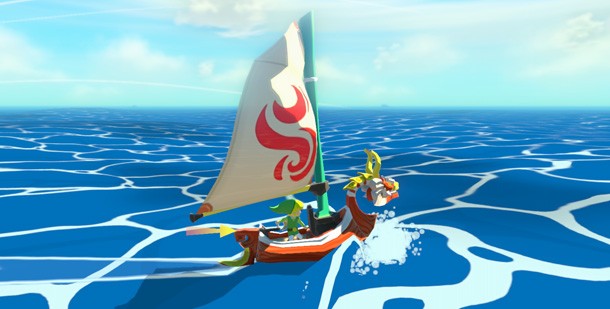
Major Games Shown:
Art Academy
Assassin’s Creed IV: Black Flag*
Batman Arkham Origins*
Bayonetta 2
Game & Wario*
The Legend of Zelda HD
The Legend of Zelda: Wind Waker HD*
Mario & Luigi: Dream Team*
Mario Golf World Tour*
Mario Kart 8*
Mario Party: Island Tour*
Pikmin 3*
Pokémon X & Y*
Sonic Lost World*
Super Mario 3D World*
Super Smash Bros. Wii U/3DS
Wii Fit U*
Wii Party U*
The Wonderful 101*
X
Yoshi’s New Island*
*released since E3
Where’s The Support?: While Nintendo, as always, had a nice assortment of first-party games for both of its systems, the company didn’t seem to have much of a message to deliver to an industry that came in very skeptical of the Wii U. Outside Batman: Arkham Origins, Assassin’s Creed IV, and Watch Dogs (which we’re still waiting for), there was little triple-A support for Wii U. The only promising exclusives were Platinum Games' Bayonetta 2 and Monolith’s impressive RPG, X. Most publishers conducted business as if the Wii U didn’t exist. Given the console’s slow sales in the past year, it seems unlikely that this situation will be better at this year’s show.
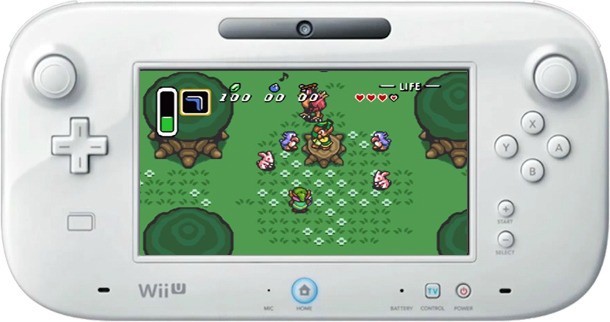
Control Issues: You have to give Nintendo credit: the company is great at making games. The big first party titles shown at E3 2013 – Mario Kart 8, Pikmin 3, Pokémon X & Y, Donkey Kong Country: Tropical Freeze, Super Mario 3D World, and many others – have been almost uniformly excellent. However, they also share a common trait: None of them really made a case for the Wii U’s GamePad controller. In fact, some of them (notably Pikmin and DK) were designed to work better with a Wii controller. Let’s hope Nintendo does a better job of justifying the decision to create the controller at this year’s show.
Missing in Action: During an interview with Game Informer at E3 2013, Shigeru Miyamoto revealed that Nintendo had almost showed a new Wii U Zelda game at the show, but changed its mind and held it back. Metroid was another of Nintendo’s lynchpin franchises that didn’t show up. We also would have liked to see another new Mario game – a more single-player focused with some unique Wii U game mechanics. As previously mentioned, in general there was a general lack of games that truly utilized the Wii U’s GamePad controller. Let’s hope all three make an appearance at this year’s show.










